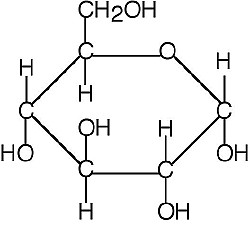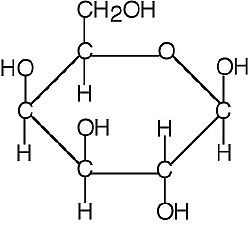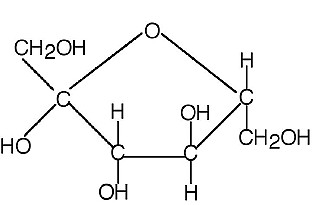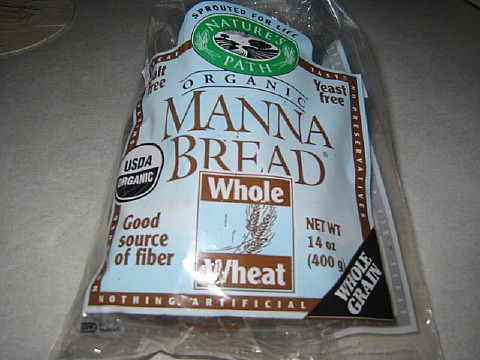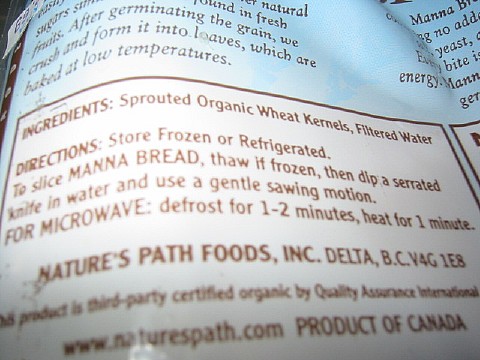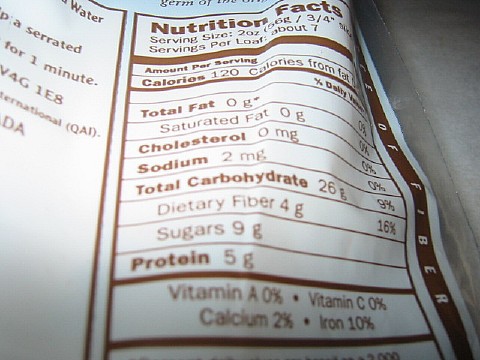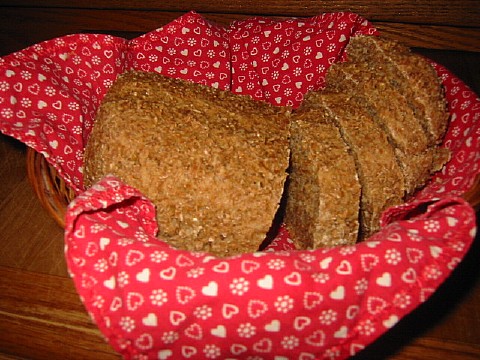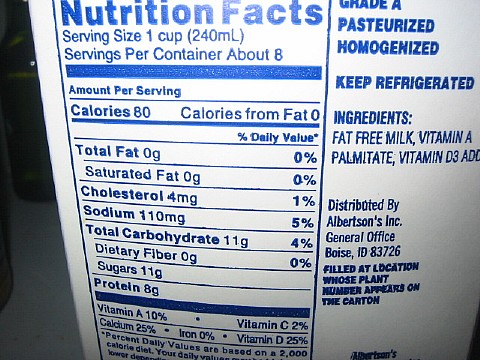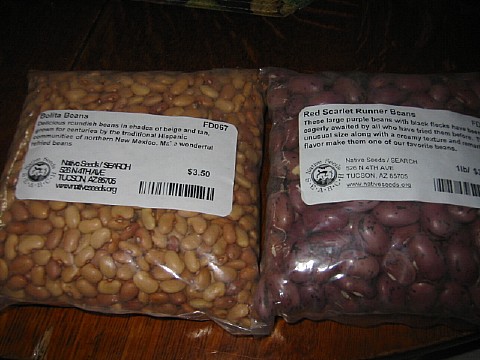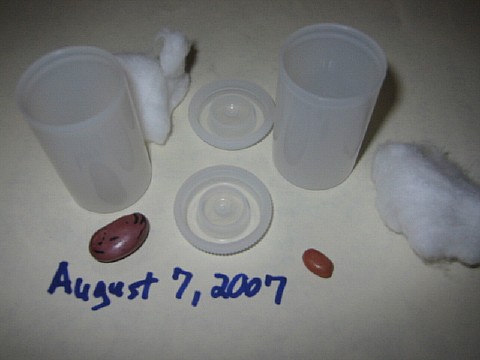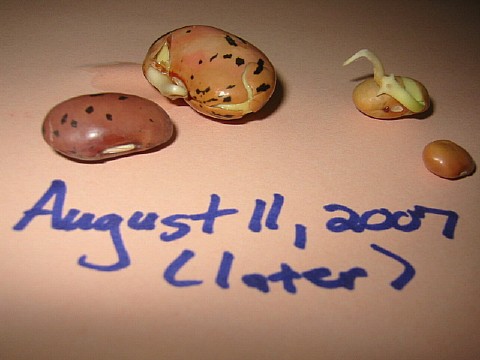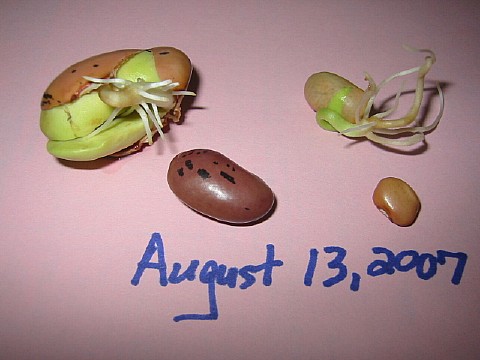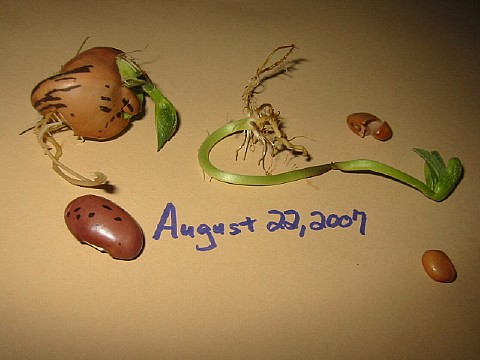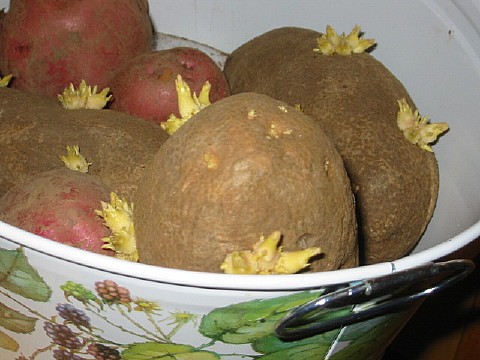|
FN 225: Nutrition
Rathakette Ph.D. Health Professions Division Lane Community College Eugene, Oregon LECTURE 4A: Carbohydrates |
|
Policy about returning exam
s
:
To prevent exams from being in circulation (which would decrease their reliability as an assessment tool), you're not able to see graded exams online. Students in campus sections are also not allowed to keep their exams. Those of you in this area are welcome to come see me during my office hours and you can see your exam then.
I also posted your grade as of Exam 1, it will show you your total points earned plus a percentage of total points. See syllabus for details on how this percentage translates into a letter grade.
FORUM (to be posted MONDAY of Week 4):
If someone told you "My carbohydrate intake is too high", what would you assume about what they're eating?
When I've asked this question in class, the two most common things people say are: lots of bread
lots of sweets BOTH of these kinds of foods are high in carbohydrates, but the kinds of carbohydrates are different, Bread is high in the carbohydrate starch and sweets are high in sugar . A third type of carbohydrate is fiber and it's the one that sometimes people don't think of as a carbohydrate. Look through the sections of this Lecture Outline.
I
Types of Carbohydrates
,
which include SIMPLE and COMPLEX Carbohydrates.
Notice that sugar is a SIMPLE Carbohydrate and starch and fiber are both COMPLEX Carbohydrates. II Processing of Foods with Carbohydrate III Digestion & Absorption of Carbohydrates IV In the Body: Glucose As Fuel A. SIMPLE CARBOHYDRATES Notice that BOTH monosaccharides and disaccharides are SIMPLE CARBOHYRATES.
Glucose, fructose and galactose are MONOsaccharides and maltose, sucrose and lactose are DIsaccharides.
MONOSACCHARIDES As you learned in Lecture 3B, when a plant is making glucose , the plant puts the sun's energy in the bonds between the carbon atoms. It makes that glucose to get energy in a form it can use for its own growth and later reproduction. That glucose the plant makes is critical for us because it is pretty much the only fuel for the brain and nervous system. Muscles, on the other hand, can get a lot of energy from fat, in addition to glucose. 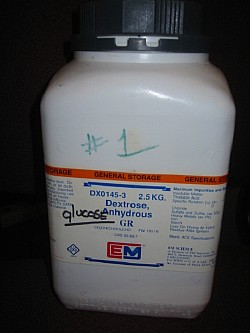
In its purified form (shown below) glucose looks and tastes much like table sugar. 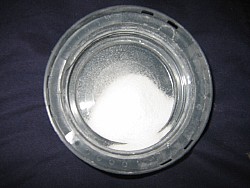
The plant makes fructose because it is the sweetest sugar and that sweetness helps to attract insects and animals and thereby plays a role with reproduction. One of the places a plant puts that fructose is in the nectar of its flowers. 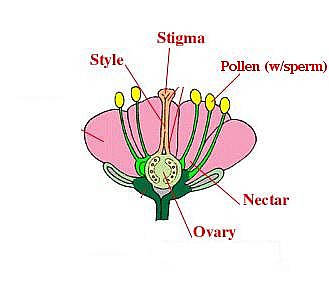
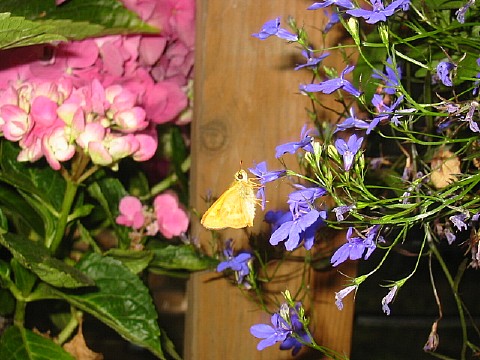
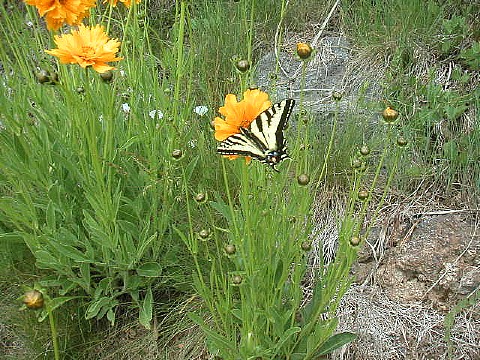
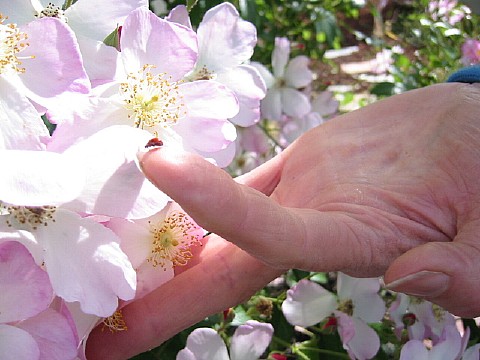
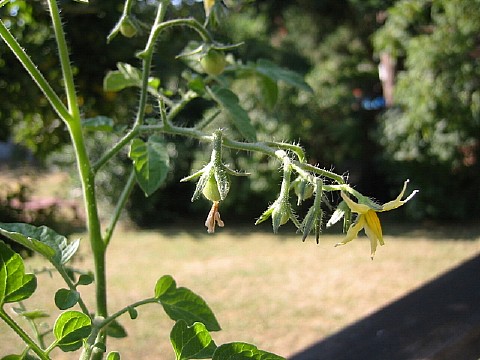
Above and below are two examples of fruit forming after fertilization. Above is a tomato and below is squash. It's interesting that the squash begins forming even before the flower has dried up.
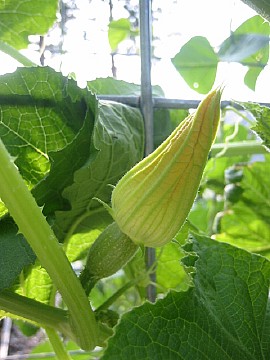
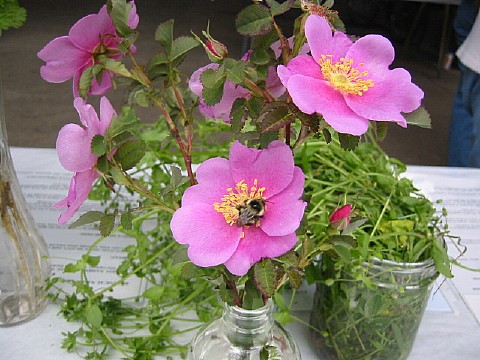
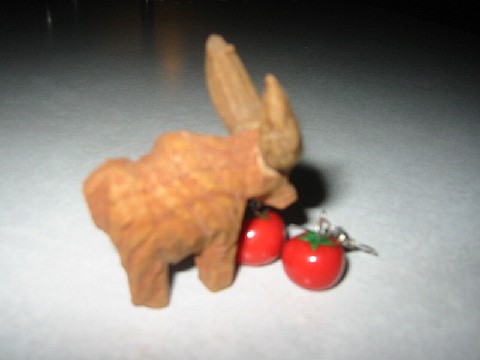
When we eat foods that contain fructose, fructose gets absorbed into the blood stream from intestinal cells, and travels to the liver. The liver rearranges fructose to make glucose.
|
